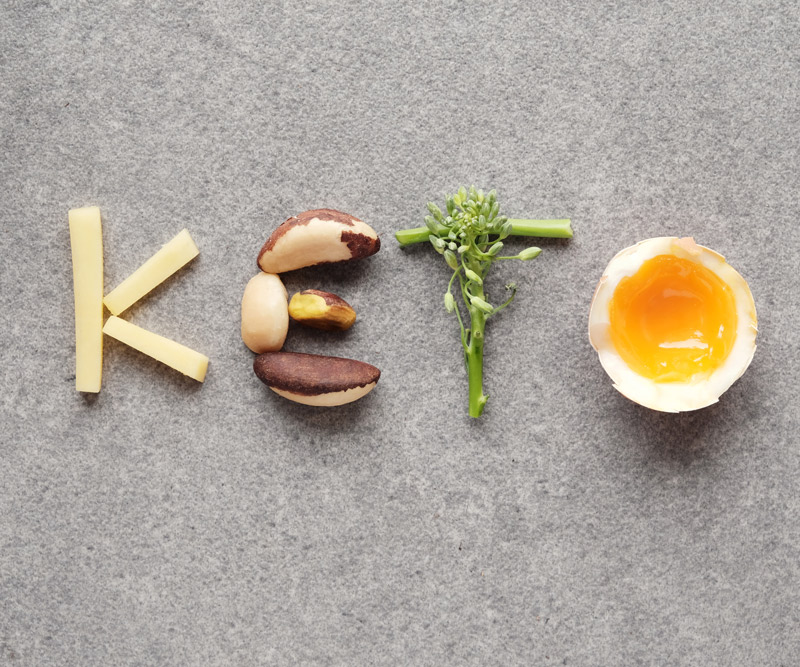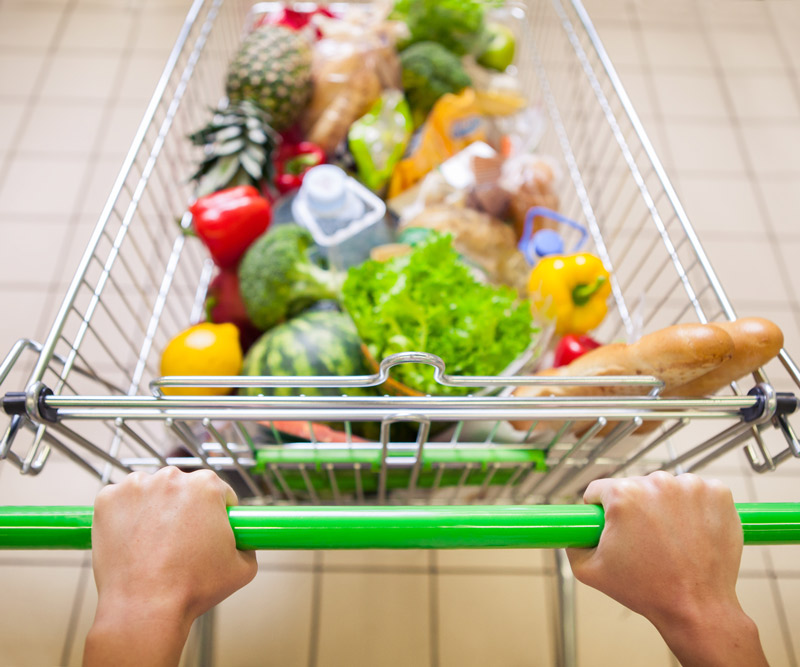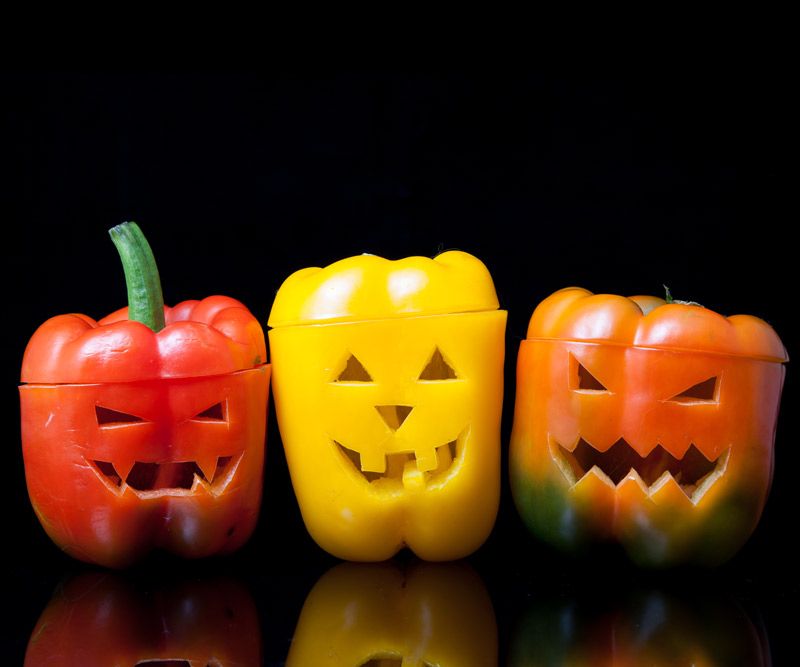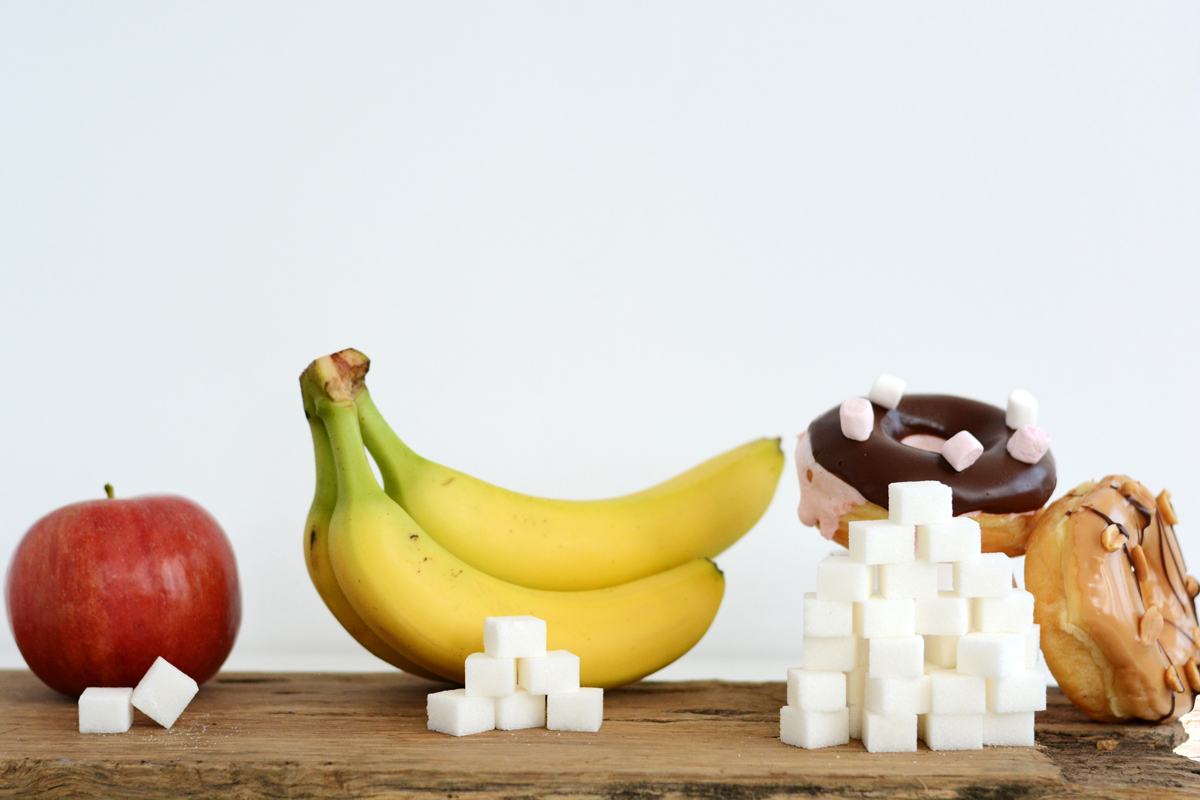
Sugar is Sugar is Sugar!
You've probably heard about the dangers of added sweeteners like white sugar and high-fructose corn syrup – that they can have a dangerous impact on your blood sugar levels and that instead, we should be eating “natural” sweeteners like brown sugar, agave, honey, molasses, bee pollen, fruit juice concentrates, etc.
However, did you know that natural sugars – even ones found in fruit – can be just as harmful as white sugar or high-fructose corn syrup?
This is especially true if eaten in excess.
First, it’s important to understand how our bodies react to any sugar we eat.
The Science of Sugar
When you eat sugar, your pancreas releases a hormone called insulin at high levels in order to process the sweet stuff.
But with high levels of insulin, blood sugar can drop quickly, leaving you feeling tired and grumpy, and craving even more sugar.
When you eat this way every day, your body can become taxed by these high levels of insulin, causing insulin resistance or even Type 2 diabetes. This is particularly true in people with metabolic syndrome.
No Sugar-Coating It
Because of the health risks associated with sugar intake, the World Health Organization (WHO) has slashed its daily guidelines on how much daily sugar is appropriate in the diet.
Currently, the recommendation is 25 grams daily.
So, how much sugar is in some of the common foods we eat daily? Here are just a few examples:
- 1 can of soda – 40 grams.
- 1 Milky Way Mini candy bar – 27 grams.
- 4 Oreo cookies – 14 grams.
What about some foods that we think of as “healthy?” You may be surprised!
- 1 fruit-flavored yogurt (6 ounces) – 19 grams.
- 1/2 cup dried apple – 25 grams.
- 1 fresh mango – 46 grams.
- 1 serving commercial spaghetti sauce – 12 grams.
- 1 serving commercial Italian salad dressing – 9 grams.
- 1 tablespoon strawberry jam – 12 grams.
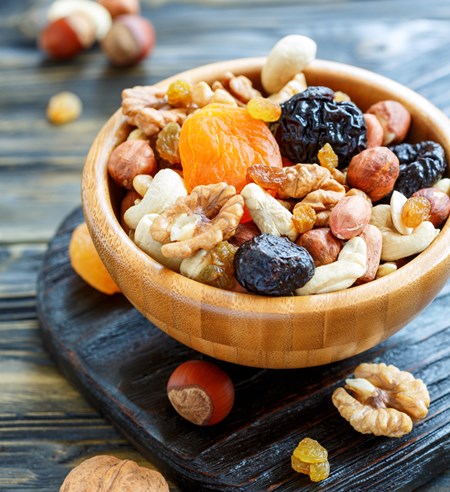
Sweet Swaps
What can you do to make sure you don’t overdo it on sugar?
The most critical step is to read labels.
You will now see food nutritional labels with the terms “Sugars” and “Added Sugars.” The first term refers to sugars found naturally in that particular food (for example, lactose, which is the natural sugar found in milk).
The second term refers to sugars that are added to a food to create a sweeter taste or to preserve a food. Foods with any added sugar should be minimized or avoided completely.
To help minimize an insulin spike, pair foods high in sugar with a protein-containing food. A couple of good protein-packed options include the following:
- 1 ounce of mixed nuts.
- 1 ounce of cheese.
- 1/4 cup unsweetened plain Greek yogurt.
- 1 tablespoon of peanut butter or other nut butter (just make sure the ingredient label only has peanuts/nuts and salt listed – nothing else).
If you're going to indulge in a sweet treat, make it a special experience – serve it out of a fancy bowl and eat slowly, without any distractions, so you can savor each bite. You can even try to minimize the portion size by splitting it with a friend.
Remember, small amounts of naturally sweetened foods are OK to eat from time to time. However, it’s important to be wary of products labeled “natural,” “healthy” or “low fat,” as these can often contain large amounts of sugars – both naturally occurring and added.
Keeping the WHO daily guidelines in mind will help you make smart choices when choosing what to eat, and lead to sweet success with your health goals.
Published on: November 2, 2017


